Nuchal translucency / Nasal bone / Level 1 scan
After the confirmation of the pregnancy, Pregnancy ultrasound screenings take place during the first, second, and third trimesters. The first trimester screening is a type of prenatal testing that provides your doctor with early information about your baby’s health and risk for chromosome abnormalities.
A nuchal translucency (NT) / Nasal bone scan screens your baby for these abnormalities. This test is typically scheduled between weeks 11 and 13 of pregnancy.
What is a nuchal translucency scan?
A nuchal translucency scan is part of the ultrasound scan done in pregnancy around 11-13 weeks of pregnancy. This test measures the size of the clear fluid, called the nuchal translucency, at the back of your baby’s neck.
What is the purpose of nuchal translucency scan?
NT scan will assess the risk for the chromosomal abnormalities which include trisomy 21 (Down syndrome), trisomy 18 (Edwards syndrome) or trisomy 13 (Patau syndrome).
Increased thickness of the nuchal translucency might indicate a risk for chromosomal abnormality. It doesn't indicate that your baby definitely has an abnormality but will tell you if your baby is at higher risk or lower risk of chromosomal abnormality in comparison to the general population.
When and how is a nuchal translucency scan performed?
The nuchal translucency scan is done between 11 and 13 weeks of pregnancy, usually through abdomen but occasionally scan can be done by inserting transvaginal probe where an ultrasound probe is inserted through your vagina.
An ultrasound uses high frequency sound waves to create an image from inside your body. From this image, the translucency, or clear space, at the back of your baby’s neck is measured. Along with NT, nasal bone assessment is also done.
What else is seen in the NT Scan ?
An NT scan / ultrasound scan at 11-13 weeks is done to assess following things :
- To measure the collection of fluid behind the fetal neck (nuchal translucency)
- To examine the fetal nose and palate
- To measure the fetal heart rate
- To assess the flow of blood across the tricuspid valve of the fetal heart and the ductus venosus
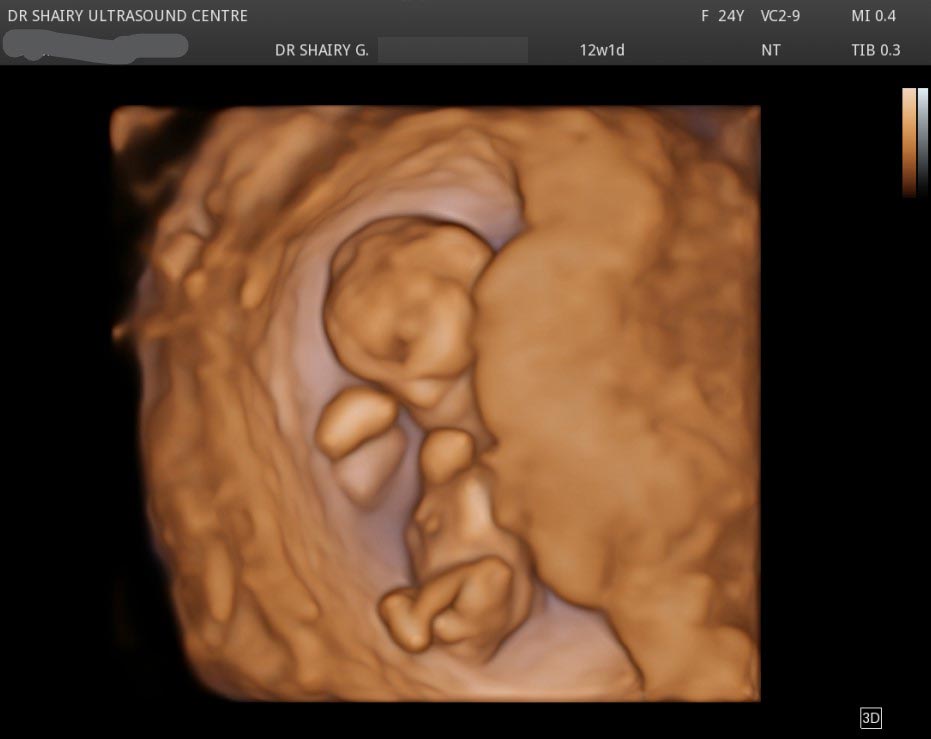
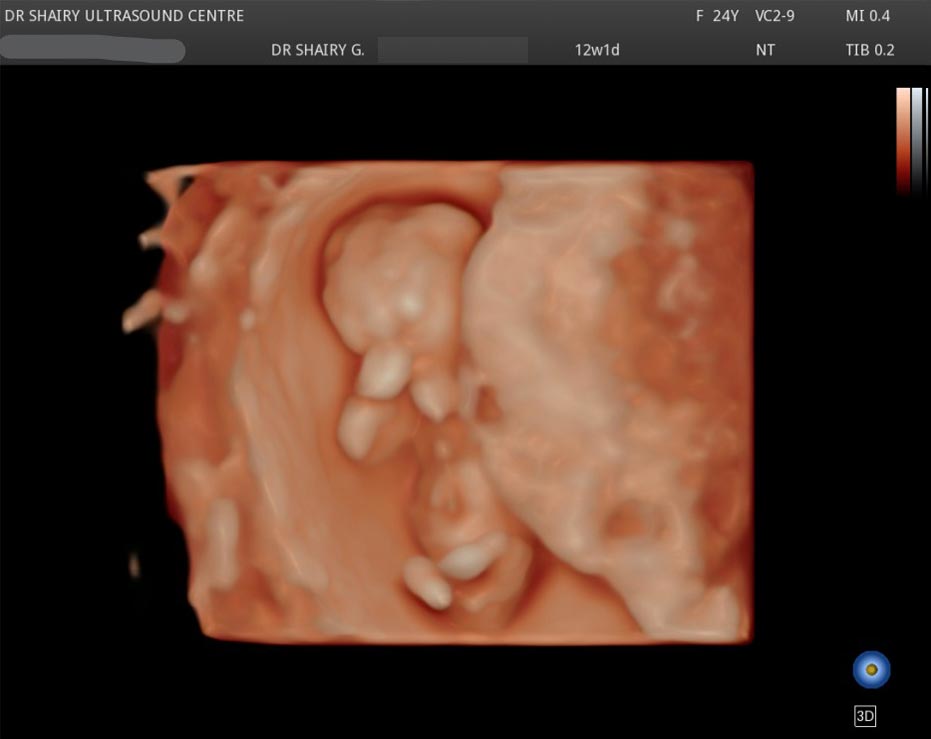
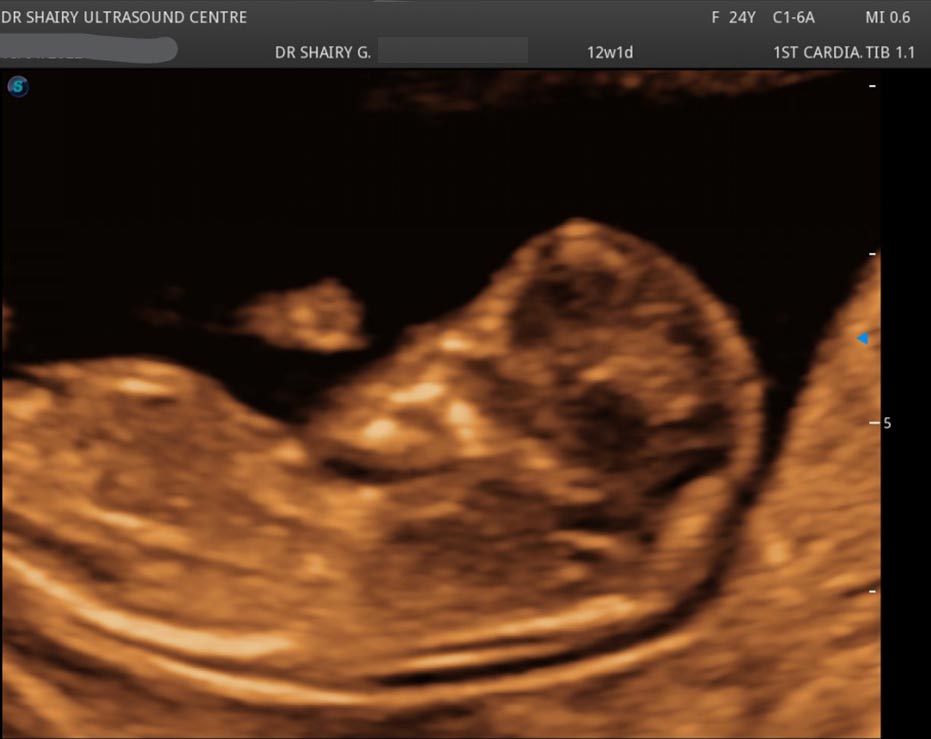
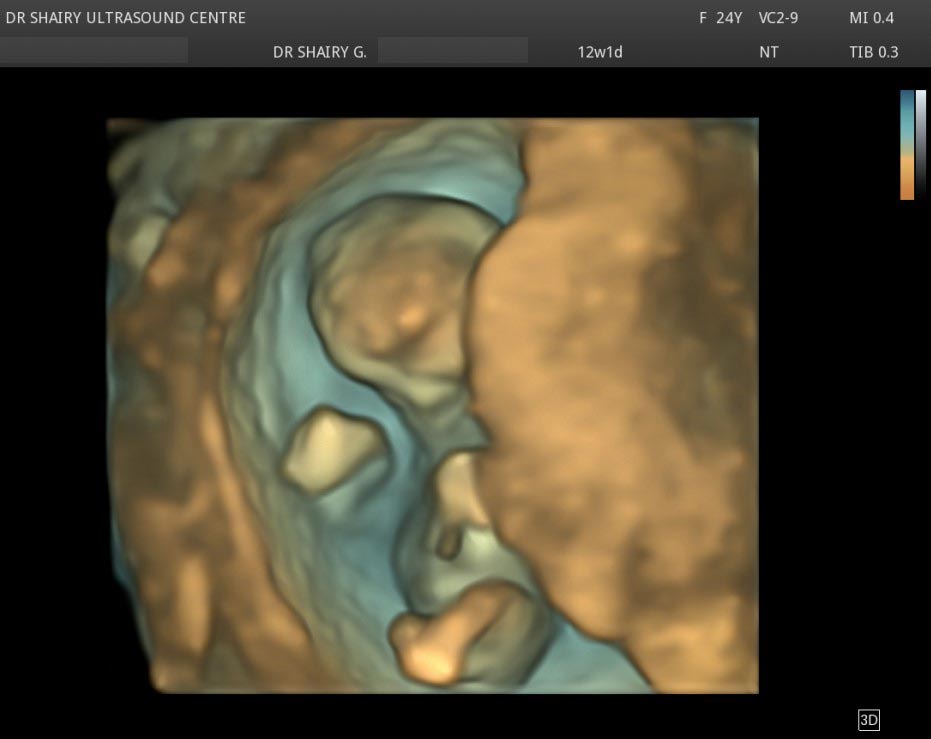
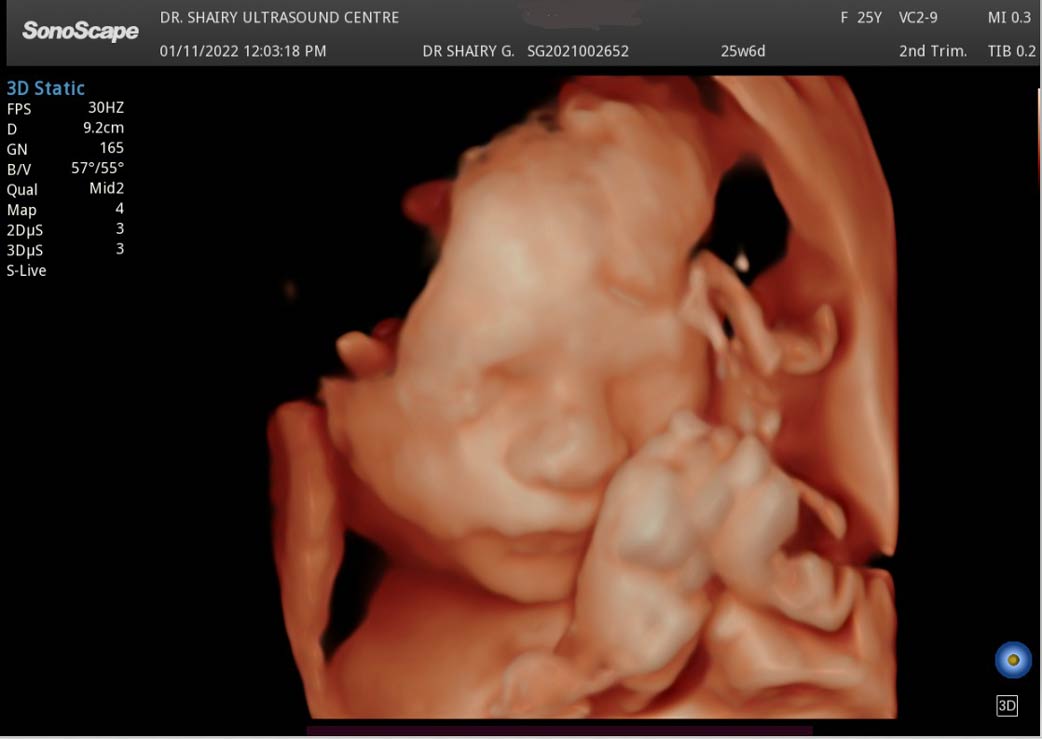
Is anything else is done along the NT scan ?
A blood test also called double marker is advised along with the NT scan . The calculation of any chromosomal risk is based on combined screening including mother’s age, the nuchal translucency measurement of your baby, the gestational age of the baby, blood tests ( double marker test ) and the baby’s nasal bone. The results of the nuchal translucency scan will not be used alone to calculate the risk of a chromosomal abnormality.
This new method of screening reduces dramatically the number of women requiring an invasive test from about 20% to less than 3% and at the same time increases the detection rate of Down’s syndrome and other major chromosomal abnormalities from less than 50% to more than 95%
What are the other benefits of the NT Scan ?
Other benefits of the 11–13 weeks scan, other than assessing chromosomal risk include:
- Accurate dating of the pregnancy
- Early diagnosis of many major fetal abnormalities
- The detection of multiple pregnancies with reliable diagnosis of chorionicity, which is the main determinant of the outcome in multiple pregnancies
- Another recent development is that the 11-13 weeks scan can be used to identify women at increased risk for the development of preeclampsia in pregnancy
If my baby falls in high-risk category, what will happen?
If you have a risk of 1 in 250 or greater you are considered to be in the "increased risk" category. Even if you are classified as high risk, remember your baby probably doesn’t have a chromosomal abnormality. You may be referred to a genetic counsellor. They will discuss your options and help you to decide if you would like to have a more invasive diagnostic test, such as chorionic villus sampling (CVS) or amniocentesis. These diagnostic tests can tell you definitively if your baby has a chromosomal abnormality or not. Tests such as CVS and amniocentesis carry a small risk of miscarriage. Invasive tests including chorionic villus sampling can be done from 11 weeks of pregnancy, or you can have an amniocentesis from 15 weeks of pregnancy.
What is the accuracy rate of the NT Test ?
Screening by NT can detect about 80% of fetuses with trisomy 21 and other major aneuploides for a false positive rate of 5%. The combination of NT and maternal serum free β-hCG and PAPP-A improves the detection to 90%. There is now evidence that the detection rate can increase to about 95% and the false positive rate can be reduced to 3% by also examining the nasal bone, ductus venosus flow and tricuspid flow.
Is it a screening test or a diagnostic test ?
An NT scan is a screening test, not a diagnostic test. NT scan can only predict your baby’s risk: It doesn’t offer a definitive answer about chromosomal abnormalities. There are differences between screening and diagnostic testing. The purpose of a screening test is to identify risk factors for a particular disease or condition. Diagnostic testing, on the other hand, confirms the presence of a disease or condition.
How to diagnose an abnormality ?
To diagnosis a chromosome abnormality, option like chorionic villus and amniocentesis will be discussed with you in which a needle is inserted through your stomach into the placental tissue/ amniotic sac to retrieve a sample. The sample contains cells that provide genetic information about your baby. There’s a small risk of miscarriage with both tests.
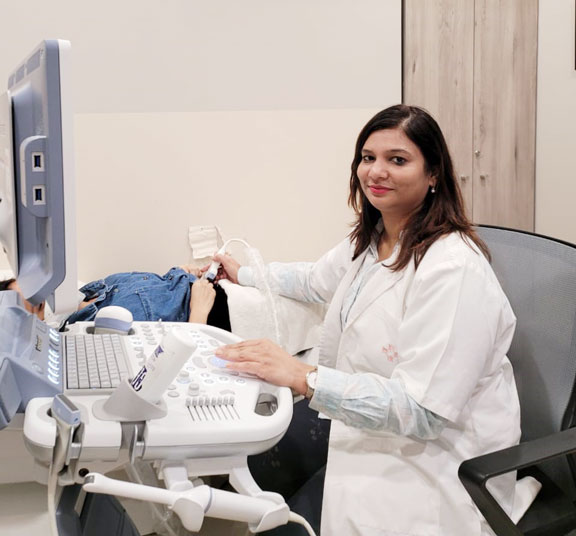
Working Time
- Mon-Sat (Morning) 10:00AM to 14:00PM
Mon-Sat (Evening) 05:00PM to 07:30PM
Sunday - Closed
